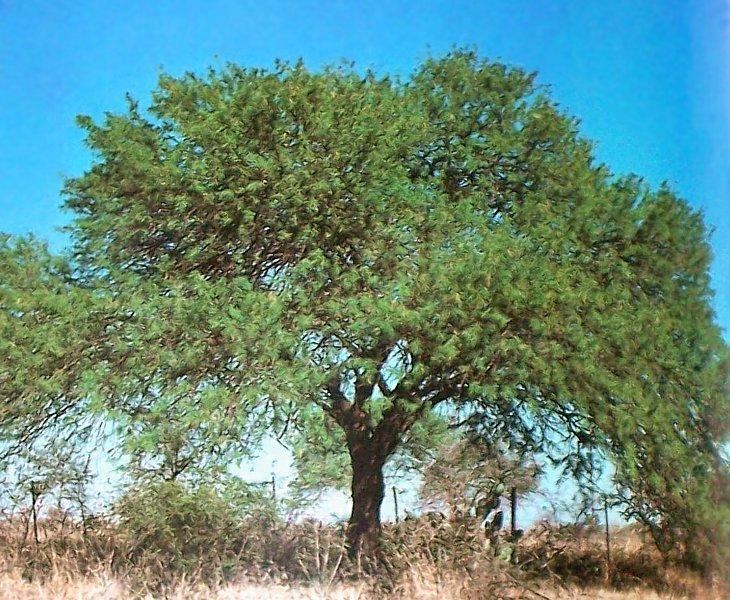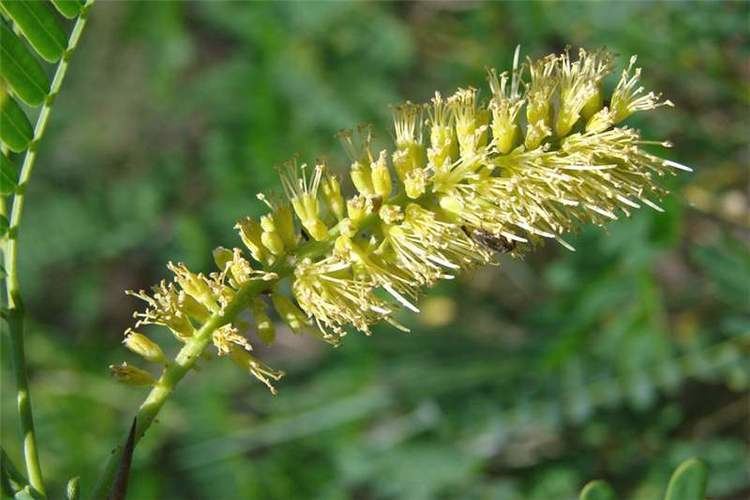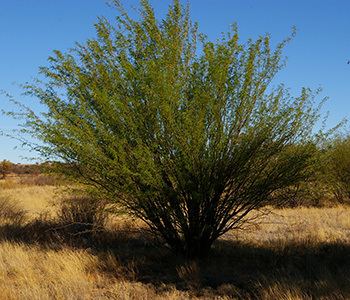Tribe Mimoseae Higher classification Legumes | Subfamily Mimosoideae Scientific name Prosopis Rank Genus | |
 | ||
Lower classifications Prosopis juliflora, Prosopis glandulosa, Prosopis cineraria, Prosopis alba, Prosopis pallida | ||
Shami tree video prosopis cineraria
Prosopis is a genus of flowering plants in the pea family, Fabaceae. It contains around 45 species of spiny trees and shrubs found in subtropical and tropical regions of the Americas, Africa, Western Asia, and South Asia. They often thrive in arid soil and are resistant to drought, on occasion developing extremely deep root systems. Their wood is usually hard, dense and durable. Their fruits are pods and may contain large amounts of sugar. The generic name means "burdock" in late Latin and originated in the Greek language.
Contents
- Shami tree video prosopis cineraria
- Shami tree prosopis cineraria
- Selected species
- Formerly placed here
- Phytochemistry
- As an introduced and invasive species
- Eradication
- References

Shami tree prosopis cineraria
Selected species

Formerly placed here

Phytochemistry
Prosopis species have been found to contain 5-hydroxytryptamine, apigenin, isorhamnetin-3-diglucoside, l-arabinose, quercetin, tannin, and tryptamine.

The tannins present in Prosopis species are of the pyrogallotannin and pyrocatecollic types. The tannins are mainly found in the bark and wood while their concentration in the pods is low.
Some species, such as P. africana or P. velutina, produce a gum (mesquite gum).
As an introduced and invasive species
The species Prosopis pallida was introduced to Hawaii in 1828 and is now very common in the drier coastal parts of the islands, where it is called the kiawe tree, which is a prime source of monofloral honey production.
In Australia, invasive Prosopis species are causing severe economic and environmental damage. With their thorns and many low branches, Prosopis shrubs form impenetrable thickets which prevent cattle from accessing watering holes, etc. They also take over pastoral grasslands and suck up scarce water. Prosopis species cause land erosion due to loss of grassland that are habitats for native plants and animals. Prosopis thickets also provide shelter for feral animals such as pigs and cats.
For more information on invasiveness of mesquite species, see Prosopis glandulosa and Prosopis juliflora.
Eradication
Eradicating Prosopis is difficult because the plant's bud regeneration zone can extend down to 6 in (150 mm) below ground level; the tree can regenerate from a piece of root left in the soil. Some herbicides are not effective or only partially effective against mesquite. Spray techniques for removal, while effective against short-term regrowth, are expensive, costing more than $70/acre ($170/hectare) in the USA. Removing large trees requires tracked equipment; costs can approach $2,000 per acre. In Australia, several techniques are used to remove Prosopis.
